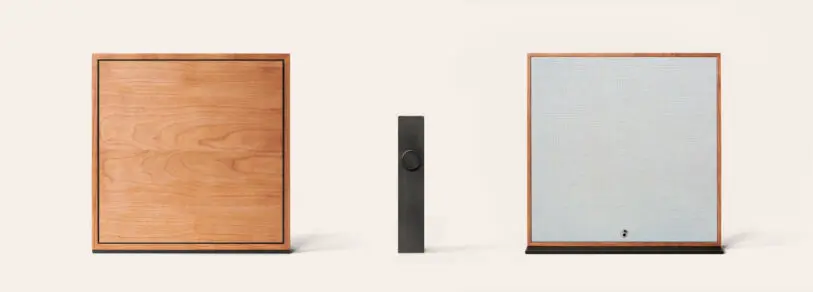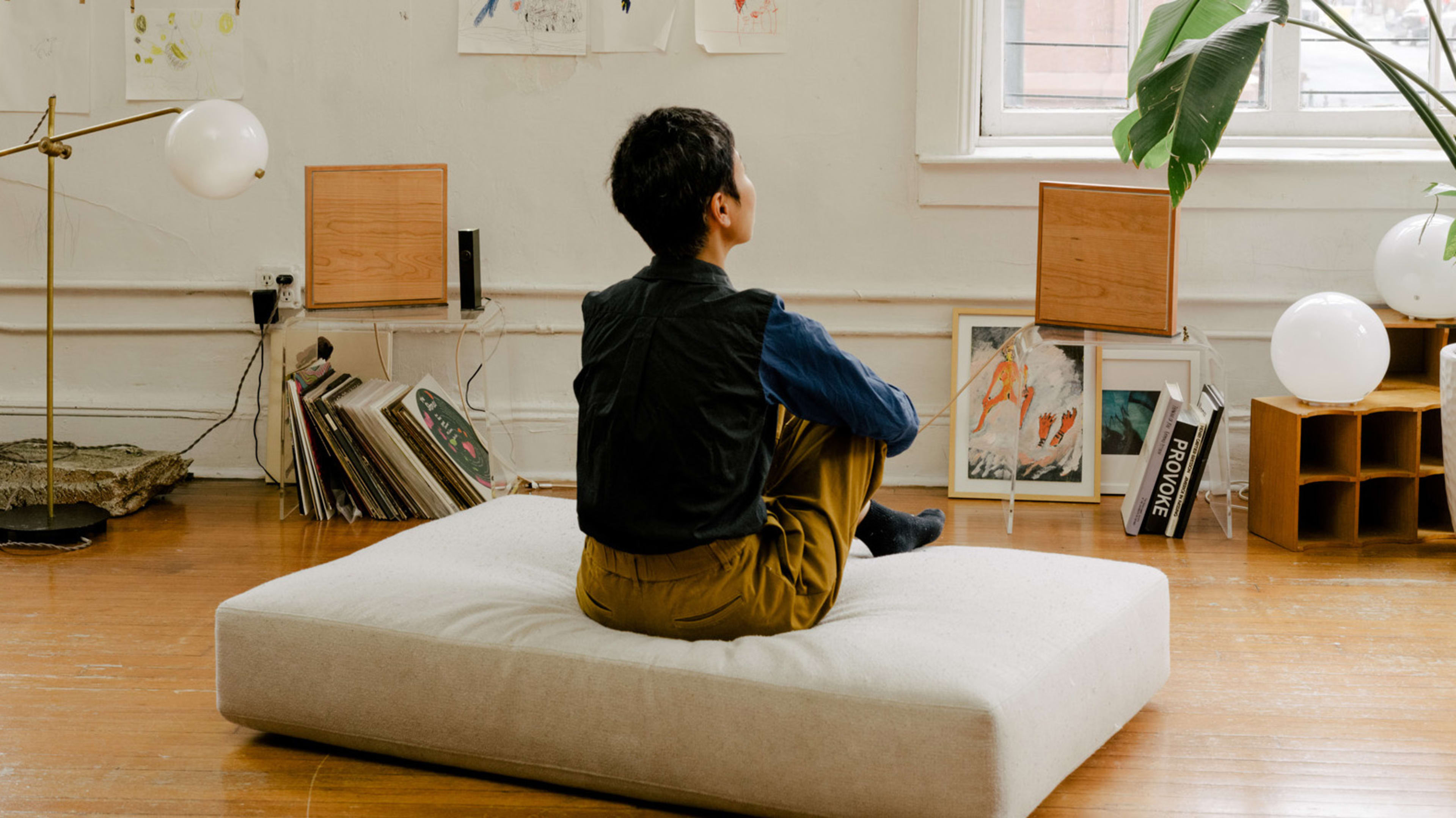I remember the last time I experienced live music. It was New Year’s Eve, 2019. And it feels like a lifetime ago.
But it doesn’t have to be that way. In an innovative combination of product design and event planning, a new speaker called Oda uses a direct feed from artist studios to bring live music straight to your home on a nightly basis. But don’t think of it as a radio; think of it more like a modern baby monitor for adults who miss the intimate experience of live music. Sure, you can’t actually go to shows in person right now. But for an industry that’s struggling due to COVID-19, this could be a happy medium. And a radically new way to listen to music.

The Oda speaker is paired with a membership ($79 for a three-month “season”), which gives the listener access to programming that plays through the speaker—and nowhere else. Musicians are paid for evening performances or weekend residencies. The artist is in charge of the experience: They simply press a button to activate the speakers and play direct to listeners. Just like a live tour or a ballet, there’s a calendar of performances, so there’s no changing the channels, but listeners can check out the lineup online before buying a membership. Listeners can put the speaker on “do not disturb” mode if they don’t want to listen to music; they can also use the Oda speakers to play their own music via Bluetooth or a line-in connection.

The programming pulls musicians from across genres, including jazz, soul, and hip-hop, including Ann Peebles and Stevie Wonder contemporary Norman Whiteside. Dangerfield says that the pandemic shifted the company’s strategy in one way—they’re focusing on booking older artists, who are restricted to their homes and at greater risk due to COVID-19. (One such artist is jazz musician Marjorie Elliot, who will perform from her home in Harlem.) But the most exciting thing about this bit of product design is that could be a case study for a sustainable music micro-economy: with membership sales paying artists for live residencies, rather than cents per stream.
With hardware that blends into a person’s home, Dangerfield says the speaker is like a “little imaginary venue.” In a pandemic, I’ll take live music in any venue I can get it.
Recognize your brand’s excellence by applying to this year’s Brands That Matter Awards before the early-rate deadline, May 3.
